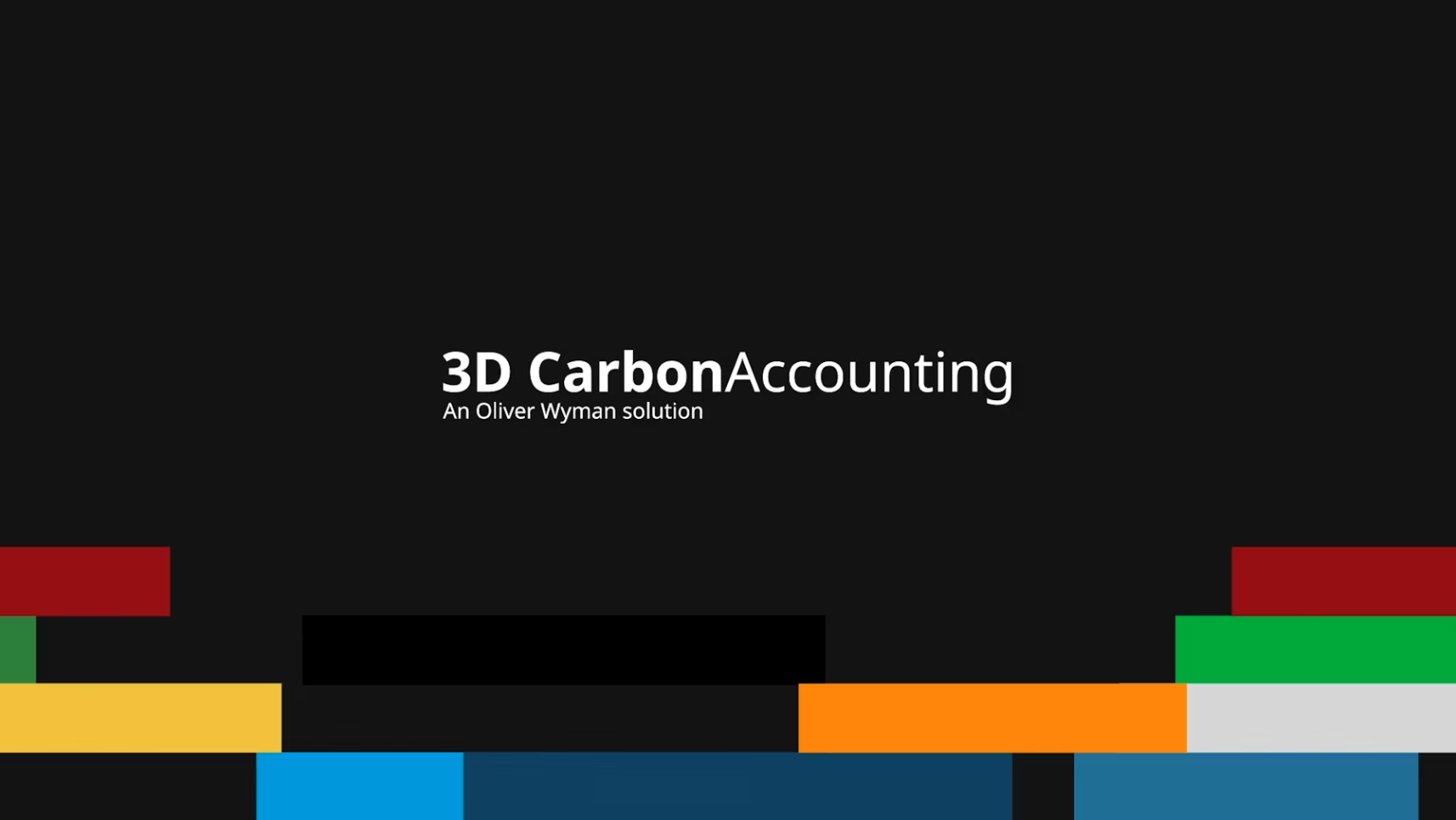


MEASURE, MONITOR, AND MANAGE YOUR EMISSIONS
Our 3D Carbon Accounting team delivers emissions reporting to leaders in sustainability. We are part of Oliver Wyman, one of the world's leading strategy consultancies with deep industry expertise. Together we can help you deliver your decarbonization programs, validate your science-based target initiative (SBTi) targets, and prepare you for upcoming regulatory disclosures.

The Imperative To Act
Science Based Targets and new Regulatory Reporting requirements are making emissions disclosure mandatory,
presenting a fresh challenge for business leaders. Not only is there a legal duty to calculate and declare emissions,
but a required strategy of how to grow your business while reducing emissions.
The Challenge
Calculating Scope 3 emissions is challenging because it includes all indirect emissions within the value chain of the
reporting company. This includes emissions from goods and services purchased upstream in the supply chain, as well as
downstream when consumers use the product or service. This creates a need for more sophisticated emissions reporting
capabilities.
Oliver Wyman Can Help
We employ a rigorous process to establish or validate a baseline for your Scope 3 emissions.
Using our dynamic tool, alongside our regulatory expertise and industry experts, we will work together to enable your company to meet its reporting obligations as well as model future emissions and abatement scenarios to help deliver your targets.
Learn more about Why
Carbon Accounting Integrated Datasets
We have integrated thousands of respected datasets from leading universities and studies worldwide,
providing an independent, auditable calculation of emissions at a granular level.
AI Expertise
Our experts use AI to ensure data is accurate and used in the most efficient way to give our
clients assurance and granularity for their emissions reporting.
Carbon Accounting Industries
Our models encompass all industries, with a particular focus on real economy manufacturing
and services. We work with firms of all sizes, located anywhere in the world.
Real decarbonization starts with quantification. The first step in reducing emissions is measuring them. Are you aware of the extent of your emissions, especially from sources beyond your direct control? Regulators, investors, financial institutions, and consumers are increasingly demanding these figures, similar to how companies are required to disclose their financials. That’s where our 3D Carbon Accounting team becomes an invaluable partner. With our recognized ability to calculate Scope 3 emissions, we serve as a valuable ally for the world's largest, and most complex companies.
Learn more about Our ServiceTRUSTED BY
“We’ve seen a lot companies in this space but what 3D Carbon Accounting have is truly unique and very useful”
Head of Sustainability
North American automotive manufacturer
“Their transparent approach has given me faith in our emissions calculation ahead of upcoming regulatory submissions”
Head of Financial Reporting
Aircraft leasing company
“It’s incredible how quickly 3D Carbon Accounting's models were able to deal with the complexity of my supply chain”
Finance Director
European food logistics company
Head of Sustainability
North American automotive manufacturer
Head of Financial Reporting
Aircraft leasing company
Finance Director
European food logistics company
INSIGHTS
Find out moreCONTACT US
Please get in touch with us, whether you have a general enquiry, would like to see if your firm or organization is eligible for a free pilot analysis, to book a demo, or if you'd like to join our team.
We won't bombard you with emails. View our privacy policy .
